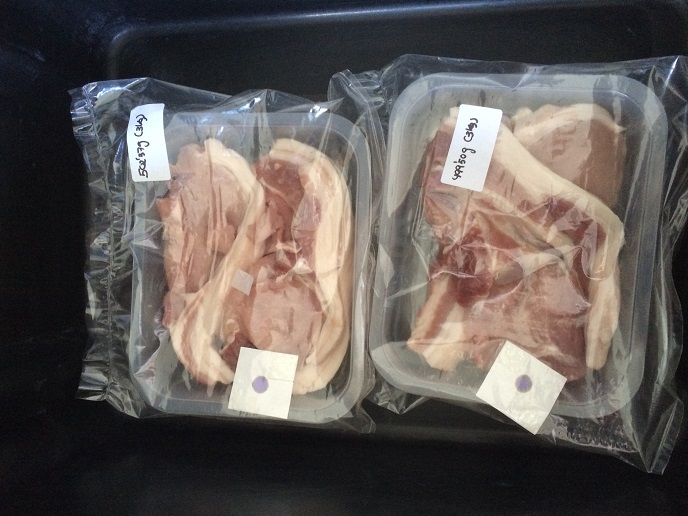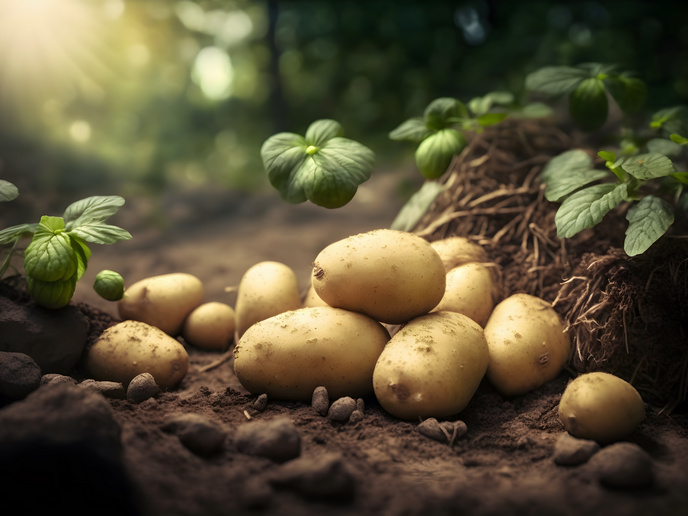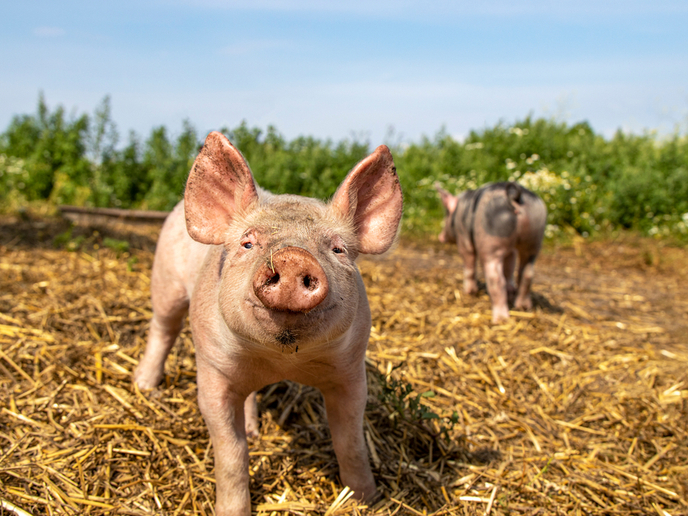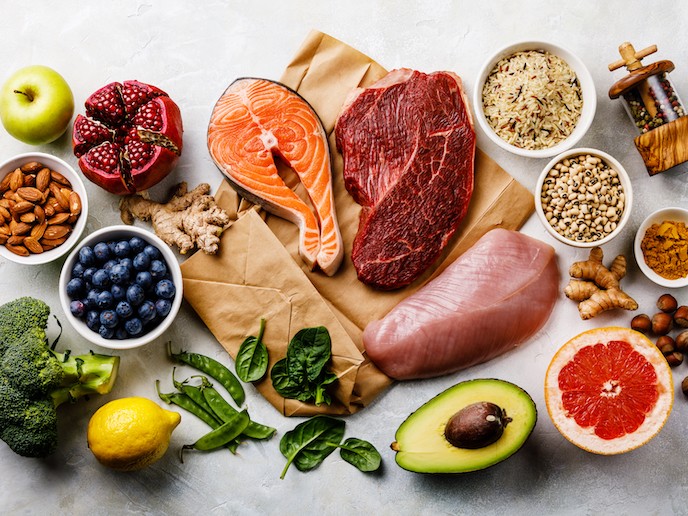Intuitive freshness indicator helps consumers reduce food waste
Every year, over 89 million tonnes of food is wasted in the EU alone. With the average European household responsible for 42 % of this food waste, many initiatives working to reduce waste focus on the consumer. One such initiative is the EU-funded MultiSens (A revolutionary quality indicator platform for the food industry) project, which is developing a revolutionary quality indicator platform for the food industry. With the bulk of consumer-level food waste attributed to food going bad, MultiSens researchers are building an intelligent packaging platform that will alert customers about the content’s quality. “Although there have been several attempts to develop a freshness indicator capable of monitoring a product’s freshness, none of these smart labels is geared towards consumers,” says Dr Isabel M. Perez de Vargas Sansalvador, MultiSens project coordinator and Marie Curie fellow. “What we propose is an original, non-invasive quality determination system for packaged meats.” Easy-to-use freshness indicator The MultiSens freshness indicator is integrated directly into the food packaging, where its sensors can detect carbon dioxide (CO2) levels. “Our research has correlated meat freshness with the concentration of CO2,” explains Dr Perez de Vargas Sansalvador. “A change in CO2 level during storage is a clear indicator that bacteria are growing inside the package or that the package itself has been compromised.” Researchers are experimenting with two different ways to implement the sensor into the package. In one prototype, the freshness indicator is attached to the outside of the package, but in direct contact with the inner atmosphere. In the other, the sensor is printed directly into the film covering the package. Both designs are supported by a user-friendly mobile phone application. “By simply taking a photo of the sensor, the consumer will immediately know the quality of the meat, allowing them to make an informed purchasing decision,” says Dr Perez de Vargas Sansalvador. “Back at home, they can also use the phone app to monitor freshness at any time.” Researchers are now working on sensors capable of detecting ammonia and hydrogen sulphide. Currently, MultiSens sensors are available only for pork products, although the sensor architecture was built to be adapted for use with any type of packaged food. Inspiring Europe’s youth According to Dr Perez de Vargas Sansalvador, her research is about more than knowing the quality of packaged meat – it’s about raising awareness on how individuals can help reduce food waste. Knowing that the key to reducing waste is to get this message across to today’s youth, she has spent considerable time visiting local schools and talking about her research. “Students have to know why it is important for our world to reduce food waste,” she says. “If every single person reduces their waste, it will have a huge impact on our environment.”
Keywords
MultiSens, food safety, food security, food waste







